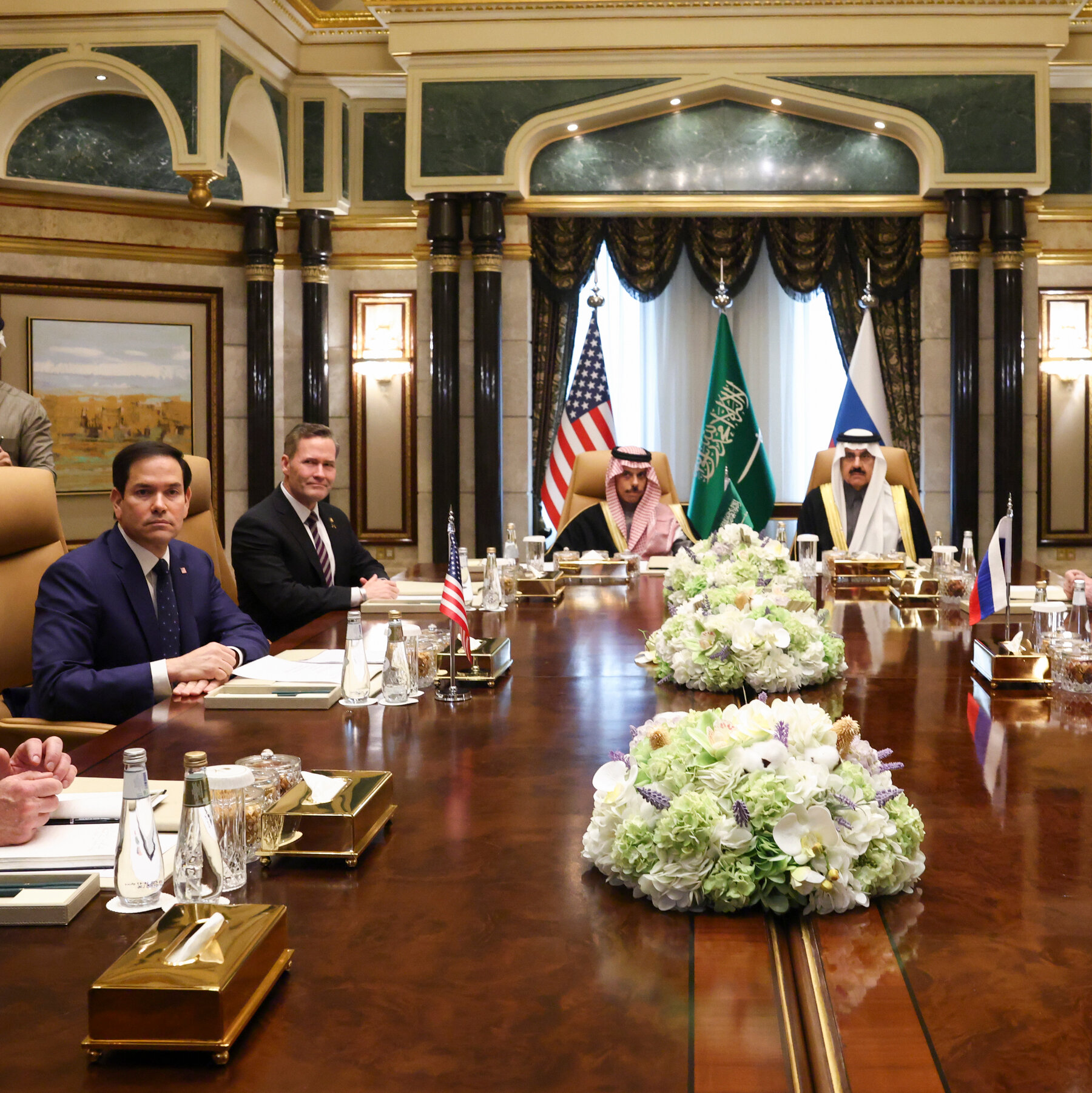
The 2025 Russia–US Summit could mark a pivotal shift in the Ukraine conflict landscape. Though no ceasefire emerged, discussions introduced NATO-style security guarantees and set the stage for trilateral talks. This article unpacks whether this summit is truly a turning point—through expert insights, real-life parallels, trending questions, and practical takeaways for readers.
Current Context: What Just Happened?
In mid-August 2025, U.S. President Donald Trump met Russian President Vladimir Putin in Anchorage, Alaska—Putin’s first visit to U.S. soil since Russia’s 2022 invasion of Ukraine. While the highly anticipated meeting did not result in a ceasefire, the optics favored Putin and sparked global attention as a potential pivot point in the war.
Shortly after the summit, Ukrainian President Volodymyr Zelenskyy and European leaders held follow-up talks with Trump in Washington. These talks backed the idea of an “Article 5-style” security guarantee for Ukraine, signaling strong Western alignment. However, Putin’s demands for Ukraine to cede control of Donetsk and Luhansk remained politically fraught and deeply opposed by Kyiv.
The critical question now being asked globally: Was the Alaska summit a diplomatic breakthrough—or just a symbolic show with little substance?
Why This Summit Might Be a Turning Point
1. Diplomatic Re-Engagement—For Russia
The Alaska summit marked Putin’s re-entry into global high-level diplomacy. After years of isolation and sanctions, this face-to-face meeting restored some legitimacy to his global standing. Symbolically, this was a major win for Russia.
2. A Strategic Pivot by the United States
President Trump’s rhetoric shifted notably from threats of “crippling sanctions” to advocating a peace agreement—even if it involves Ukraine making difficult compromises. This shift in tone and strategy could reset how Washington approaches the conflict.
3. Emerging Security Guarantees for Ukraine
For the first time, NATO-style, enforceable guarantees for Ukraine were publicly considered as an alternative to full NATO membership. While vague in detail, this concept has the potential to reshape Ukraine’s future defense landscape.
4. Trilateral Talks on the Horizon
Perhaps the most significant outcome is the possibility of direct Ukraine–Russia–US negotiations. Such trilateral talks could bring momentum—though the stakes are high to ensure Ukraine’s sovereignty remains non-negotiable.
Real-Life Analogies to Deepen Understanding
To understand the weight of the 2025 Alaska summit, history offers parallels:
- The Munich Conference (1938): Appeasement of Hitler with territorial concessions was intended to secure peace but instead emboldened aggression. Critics fear Ukraine could face a similar fate if pressured into territorial compromises.
- The Camp David Accords (1978): A more hopeful model, where Egypt and Israel reached an enforceable peace with strong U.S. guarantees. Many argue Ukraine’s future deals should resemble Camp David—robust, binding, and equitable.
- The Berlin Summit (1959): A Cold War example of symbolic diplomacy that shifted narratives, even if immediate results were limited. The Alaska summit may follow a similar trajectory—significant in optics, uncertain in substance.
Trending Questions Americans Are Asking
1. Is the summit a real turning point for peace in Ukraine?
The answer: Possibly, but not yet. Without Ukraine directly shaping outcomes or enforceable guarantees, the Alaska summit is a step toward talks but not a breakthrough on its own.
2. Why is NATO-style security for Ukraine so important?
Ukraine has suffered repeated breaches of trust from Russia. NATO-style security guarantees provide credible deterrence without the complexities of full membership, offering a middle ground that strengthens Ukraine’s defense posture.
3. Did Ukraine give up territory at the summit?
No. President Zelenskyy was firm: Ukraine will not cede any territory. The Ukrainian constitution itself forbids territorial concessions, making such compromises legally and politically untenable.
4. Is this US-Russia summit similar to past diplomatic successes?
Not yet. Unlike the Camp David Accords, this summit produced no signed agreements. At best, it opened a door; at worst, it handed Putin legitimacy without concessions.
5. What are Ukraine’s red lines?
- No territorial concessions
- Full sovereignty maintained
- Direct involvement in every stage of peace negotiations
6. Can Putin be trusted to uphold any agreement?
Skepticism is widespread. Past agreements, such as the Minsk Accords, were repeatedly violated by Moscow. That is why Kyiv insists on multilateral enforcement mechanisms, not bilateral promises.
7. What could go wrong next?
- The U.S. could weaken its commitments under domestic or political pressure.
- Russia could exploit ambiguity to demand more concessions.
- Europe could fragment in its support due to fatigue or internal politics.
- Ukraine could escalate militarily if sidelined or abandoned.
8. What should happen next?
- Clear frameworks for trilateral talks must be established.
- Security guarantees must be legally enforceable.
- European and American unity must remain steadfast.
- Ukraine must lead—not be sidelined—in shaping outcomes.
9. How are allies responding?
European leaders, including the UK’s Keir Starmer and France’s Emmanuel Macron, emphasized unity in refusing territorial concessions. They pledged continued military and diplomatic support for Kyiv.
10. What can ordinary citizens or policymakers do?
- Stay informed via credible sources.
- Advocate for strong U.S. and NATO support.
- Contribute to humanitarian aid for Ukraine.
- Pressure elected officials to back enforceable peace frameworks.
Practical Advice & Takeaways
- For policymakers: Avoid short-term optics. Push for frameworks that are enforceable and multilateral.
- For Ukraine’s leadership: Keep sovereignty at the center of negotiations; communicate transparently with citizens and allies.
- For citizens and advocates: Use your voice—support Ukraine’s sovereignty, push back against misinformation, and call for sustained support.
- For media and observers: Focus on the details of “security guarantees”—how enforceable they are, and whether they protect Ukraine from future aggression.
Expert Analysis & Authority Signals
- Chatham House experts note that while the summit produced no ceasefire, it signaled shifting diplomatic dynamics.
- Financial Times described the summit as a “betrayal,” warning that President Trump appeared to embrace Putin’s terms.
- The Guardian highlighted European leaders’ strong support for Kyiv, underscoring Western unity.
- Reuters reported Trump’s openness to Putin’s preferred framework for peace, raising questions of U.S. positioning.
These authoritative analyses reflect both the risks and the opportunities ahead.
Summary Table of Key Points
| Topic | Insight |
|---|---|
| Symbolic importance | High—for Putin’s re-engagement on global stage |
| Tangible outcomes | Still unclear—security guarantees remain vague |
| Risks | Appeasement, sidelining Ukraine, Western backtracking |
| Hope | Trilateral talks, European unity, potential new frameworks |
Final Thought
The 2025 Russia–US summit could indeed be a turning point—but only if Ukraine remains central to the process, if real and enforceable security guarantees are put into place, and if Western unity remains unshaken. Without these, Alaska may go down in history as a symbolic handshake that failed to stop the war. The world watches closely—because the stakes are nothing less than European security and the future of the global order.
